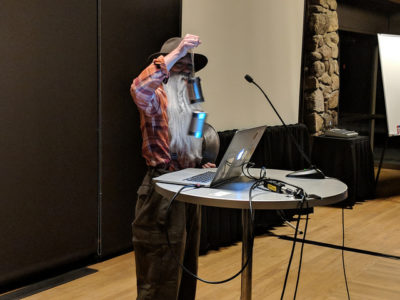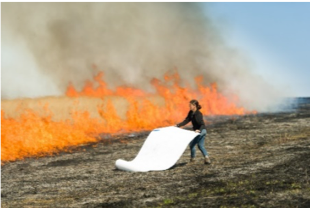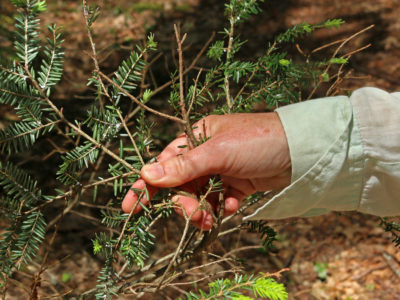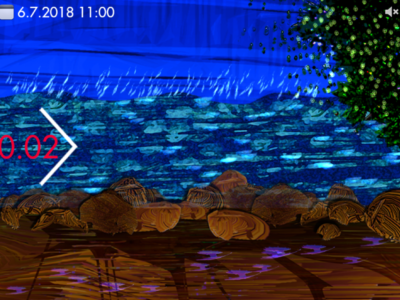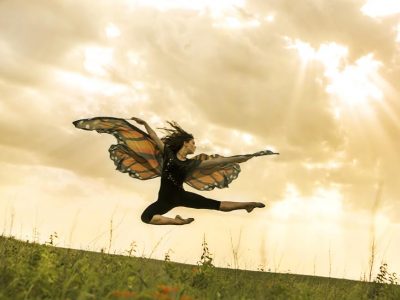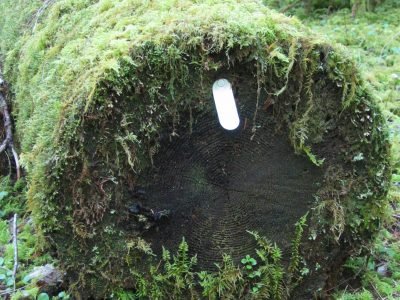LTEaRTS at Florida Coastal Everglades (FCE)
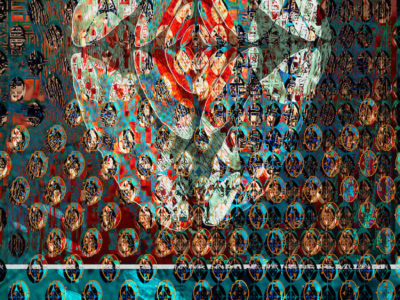
FCE LTEaRTs has an ongoing partnership with artist Xavier Cortada, the Tropical Botanic Artists Collective, and the AIRIE program (Artist in Residence in Everglades). Artists have worked with FCE scientists to produce over 20 exhibits since 2012 and professional development for teachers.

